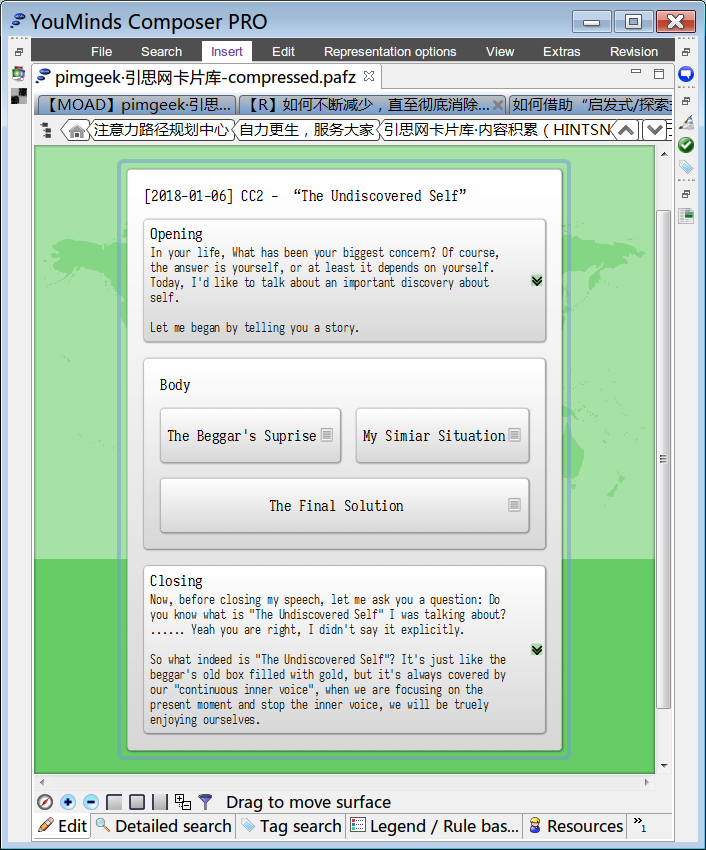

One should not have to learn programming just so they can map out and implement their workflows. Let’s take a look at some of the essential features that are enabling such significant improvements in productivity and operational efficiency for businesses of all shapes and sizes.
#WORKFLOWY DEMO SOFTWARE#
In order for workflow software to effectively realize its purpose, it must bring some sophisticated functionality to the table. Employees have a clear view of their current and upcoming tasks, while managers can see the “big picture” of workflow progression and leverage real-time data to refine and continuously improve processes.

Either way, the idea is that by running a workflow for a recurring set of activities, the desired outcome will be achieved every time.
#WORKFLOWY DEMO SERIES#
Workflows can be a basic, sequential advancement of steps, or a complex series of events with specific dependencies, rules and requirements. This “illustrated as a series of steps” is referring to the visual diagram of a structured, pre-defined set of activities that is the heart of any workflow. “Workflows are the way people get work done, and can be illustrated as a series of steps that need to be completed sequentially in a diagram or checklist.” – What is a Workflow? A Simple Guide to Getting StartedĪs you can probably tell, we like to keep things simple. We have previously defined workflows with the following statement:
#WORKFLOWY DEMO HOW TO#

In any case, skim through, extract any nuggets of information you find useful, think about your internal business processes and how getting started could improve your team’s productivity and forward strategic goals. If you don’t currently use software to manage your workflows, then you must be at least considering it, otherwise you wouldn’t be spending valuable minutes of your day reading this. Ultimately, I am aiming to provide a practical guide to help you get the most out of the software you use for workflow management. It’s long, it’s heavy, it’s everything you need to know. The intent of this post is to provide a comprehensive evaluation of the purpose and use of workflow software, its application in various industries, the role of automation, methods for continuous improvement, and top tips for getting started in a fast, high-impact fashion.

In short, it has already begun to establish itself as a key competitive battleground for years to come. Nevertheless, I will quickly mention for those of you who doubt its importance, that the global market size of workflow management systems is estimated to grow at a staggering rate of 23% from 2016 to 2021, shooting up in value from $3.5 billion to just under $10 billion. This is not just another blog post on workflow software, describing what it is and why it’s important.


 0 kommentar(er)
0 kommentar(er)
